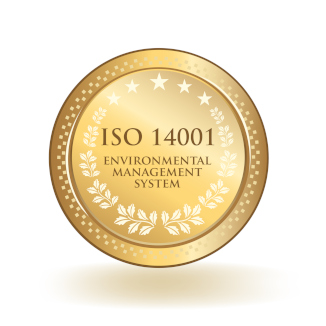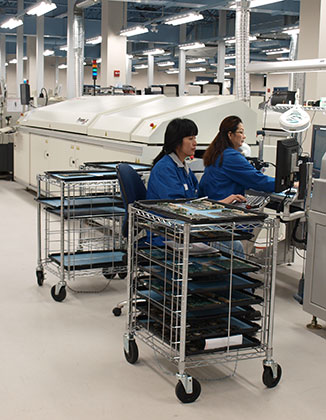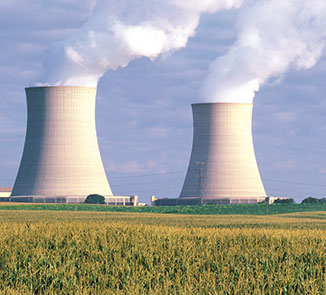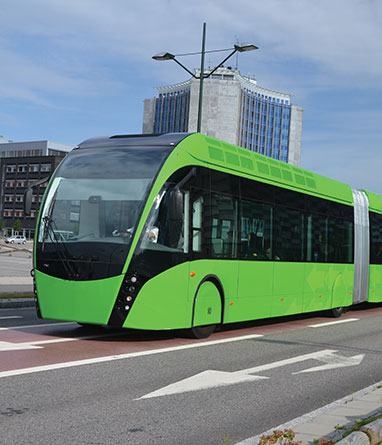Warning message
Warning: foreach() argument must be of type array|object, null given in tab_manager_menu_local_tasks_alter() (line 56 of modules/tab_manager/tab_manager.module).Environmental
Environmental
At Curtiss-Wright, we are committed to managing all aspects of our global operations in a safe, healthy and environmentally conscious manner to contribute to a sustainable future. Across our workforce, we are dedicated to minimizing risks and hazards, while also improving the productivity and efficiency of our employees’ work environment through sound business decisions.
We continue to closely monitor and evaluate the Environmental, Social and Governance (ESG) impacts we generate as an organization. Below you will find numerous policies and objectives which help drive our sustainability efforts.
ENVIRONMENTAL STEWARDSHIP
Curtiss-Wright will act in all respects in an environmentally responsible manner and will meet or exceed all applicable laws and regulations. We will provide a safe and healthful workplace and ensure personnel are properly trained and equipped for the performance of their jobs. We will promote the use of clean energy, energy saving devices, and recyclable materials as much as possible throughout our business operations. We will promote environmental management as a corporate priority, developing and providing training programs, and reinforcing environmentally conscious business practices at all times.
ENVIRONMENTAL, HEALTH AND SAFETY (EHS) POLICY
Managing all aspects of our operations in a safe, healthy and environmentally sustainable manner is integral to the achievement of our ‘One Curtiss-Wright’ vision. Our Environmental, Health and Safety Policy guides the daily actions of all employees and every level of Curtiss-Wright management across the globe, including compliance, incident prevention, health and safety, environment, continuous improvement, business integration and stakeholder relationships.
We implement the commitments in our EHS Policy through our ‘One Curtiss-Wright’ EHS Management System Framework, which details the required practices to maintain a proactive risk-based approach to identify and control risks, comply with regulatory requirements, and continuously improve performance. This framework forms the foundation for the internationally recognized ISO 14001 Environmental, and ISO 45001 Health and Safety Management Systems. Curtiss-Wright encourages each of its sites to seek third-party certification to these widely recognized international standards.
For more information, click here for our CW EHS Policy.
SUPPLY CHAIN MANAGEMENT
Curtiss-Wright’s operational success and ability to continue to deliver state-of-the-art, reliable solutions is dependent on strong, long-term relationships with our customers and suppliers.
We are committed to becoming an indispensable partner with our customers, providing market leading technologies that reduce their risk and enable their long-term success.
We look to partner with suppliers that are committed to that same vision by providing a safe work environment for employees and seek continuous improvement in EHS performance.
In addition, we are committed to sourcing components and materials from companies that share our values regarding respect for human rights, ethics and environmental responsibility. As such, our suppliers are expected to meet our Supplier Code of Conduct and comply with our Conflict Minerals Policy.
For more information, visit our Supply Chain website here.
MONITORING ENERGY USAGE
Consistent with the environmental issues defined as material by the Sustainable Accounting Standards Board (SASB) for the Industrial Machinery and Goods industry, we are focusing our attention on Energy Management and the Greenhouse Gas Emissions resulting from our energy usage:
ENERGY MANAGEMENT
We protect the environment by conserving energy and water, minimizing waste and emissions, and promoting recycling and renewable energy to reduce adverse environmental impacts. In accordance with the energy management metrics recommended by SASB, Curtiss-Wright is compiling energy data across its global operations, which will serve as a baseline for energy usage and efficiency improvements.
GREENHOUSE GAS EMISSIONS
Following the recommendations of the Task Force on Climate-related Financial Disclosures (TCFD),Curtiss-Wright is preparing for climate-related risks and opportunities associated with our businesses, and reducing our climate-related impacts.
In early 2021, we started to compile energy data across all global operations to establish a three-year baseline. In 2023, we transitioned utility bill management to a third party to determine green house gas (GHG) emissions in accordance with industry standards and applicable regulatory reporting requirements. Total Scope 1 and 2 GHG emissions for 2021, 2022, and 2023 are provided in the table below.
TECHNOLOGY SUPPORTING LOW OR ZERO-EMISSIONS ENERGY SOURCES
Several Curtiss-Wright businesses are devoted to promoting the use of low or zero-emissions technology, including an entire division dedicated to providing products and services supporting commercial nuclear power plants which do not produce direct carbon dioxide or greenhouse gas emissions.
The Company also provides traction inverters for commercial hybrid vehicles (such as inner-city buses) and electric actuators that directly replace environmentally-unfriendly hydraulic solutions. We maintain a steady investment in research and development to continuously support these efforts, and are actively engaged on electrification projects with multiple vehicle manufacturers.




















